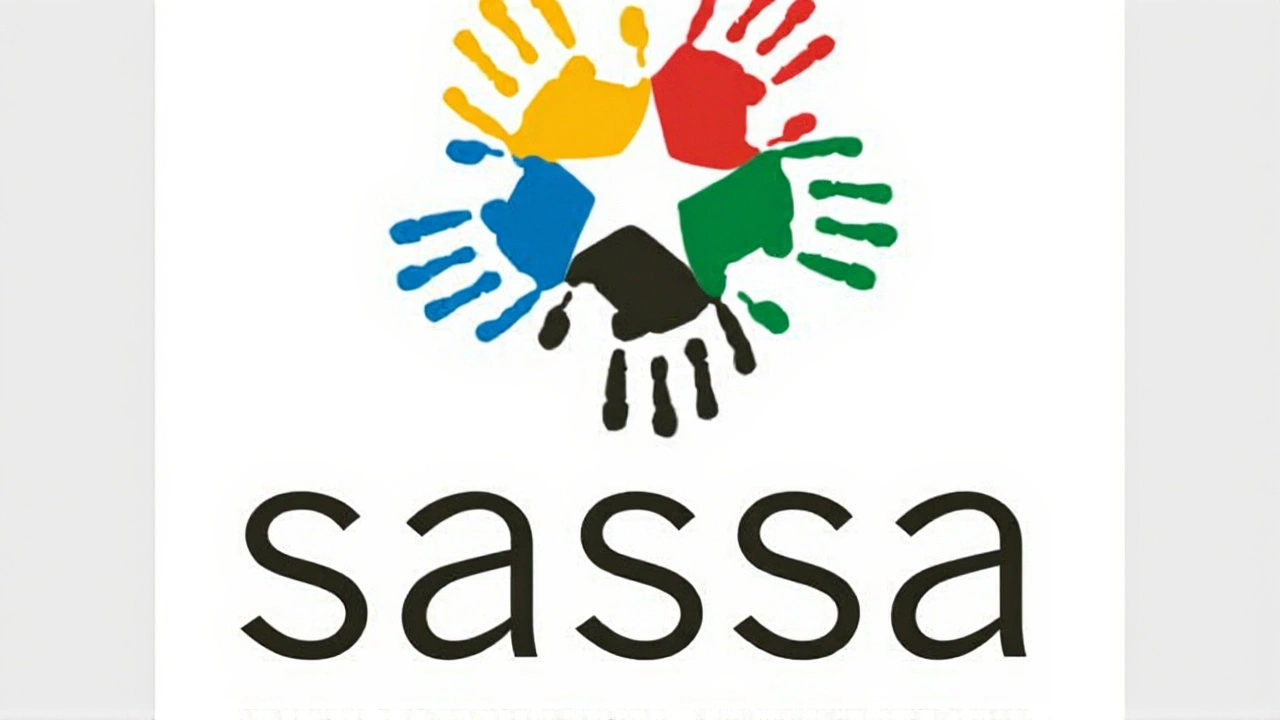Grant Payment Dates – Your Quick Guide to When Funds Arrive
When talking about grant payment dates, the specific calendar days or periods when approved financial assistance is transferred to beneficiaries. Also known as disbursement schedule, they are the backbone of any grant program because they set the rhythm for budgeting, planning, and compliance. Without a clear date, applicants can’t align their expenses, and administrators lose the ability to track cash flow. Grant payment dates therefore influence everything from personal cash management to national welfare budgeting.
Key Factors That Influence When Money Is Sent
One of the most visible examples of a strict payment calendar comes from the Foster Child Grant, a monthly R1,250 payment to caregivers of foster children in South Africa. The grant’s deadline for October 2025 applications closes in September, and the first disbursement follows a set schedule that aligns with the national payroll cycle. If you miss the paperwork window, you’ll wait until the next cycle, which can push essential support back by weeks. Similarly, HELB student loans, government‑funded loans for first‑year university students in Kenya operate on a semester‑based release pattern. The loan office opens applications in early May, processes them through June, and then drops the funds at the start of each academic term. Knowing these timelines lets students plan tuition payments without scrambling for short‑term credit. Both cases illustrate a broader truth: grant payment dates are tightly linked to the governing government funding schedule, the annual or quarterly timetable set by ministries to allocate budgeted money to social programmes. When a ministry finalizes its budget in the national budget speech, it also publishes a rollout calendar that outlines when each programme will receive its tranche. This calendar determines when the Foster Child Grant, the HELB loan, and dozens of other grants hit bank accounts. The schedule also reflects fiscal year constraints, audit cycles, and sometimes political priorities – for example, a new administration may accelerate payments to gain public goodwill before an election. The relationship between eligibility, paperwork, and payment is a chain of cause and effect. First, you must meet the eligibility criteria – age, residency, income threshold, or enrollment status. Second, you submit the required documentation before the application deadline. Third, the reviewing authority verifies the data, often using automated cross‑checks with tax or education databases. Finally, once approved, the beneficiary is slotted into the next payment batch based on the announced disbursement dates. Any break in this chain – a missing ID copy, a late signature, or a delayed verification – pushes the payment to the following cycle. That’s why most grant portals stress “apply early” and provide check‑lists for each step. In practice, staying on top of these dates means setting up reminders for three key moments: the application opening, the submission deadline, and the expected payment window. Mobile banking alerts, calendar apps, or even a simple spreadsheet can track these milestones. For larger programmes, newsletters from the issuing agency often announce any shifts – for instance, a weather‑related delay in rural distribution can move the payment by a few days. By monitoring official communication channels – government websites, SMS blast services, or community liaison offices – you can adjust your personal cash flow plans accordingly. Understanding the big picture also helps when you juggle multiple grants. A caregiver might receive both the Foster Child Grant and a provincial food voucher, each with its own schedule. Knowing that the Foster Child Grant arrives on the first Monday of each month while the food voucher is issued on the 15th lets you avoid double‑spending or missing bill due dates. Likewise, a university student taking a HELB loan will often align tuition fees with the loan release date, preventing the need for emergency loans or credit cards. Finally, always verify the source of any date information. Fraudulent messages promising earlier payouts are common, especially during high‑profile grant cycles. Authentic updates will come from official email domains (e.g., @sassa.gov.za, @hels.gov.ke) or verified government portals. If a message seems too good to be true, cross‑check the date on the agency’s website before taking any action. By keeping these principles in mind – the tie to government funding schedules, the importance of eligibility and paperwork, and the need for proactive reminders – you’ll turn the often‑confusing world of grant payment dates into a predictable part of your financial planning. Below you’ll find a curated list of recent articles that dive deeper into specific grant programmes, deadlines, and practical tips for getting your money on time.
SASSA sets September 2025 grant dates, raises payments for 19 million South Africans
- Jeremy van Dyk
- 20 Comments
SASSA set September 2025 grant dates, raised pensions and child support payments, and urged beneficiaries to collect funds gradually to ease queues.
Read more

